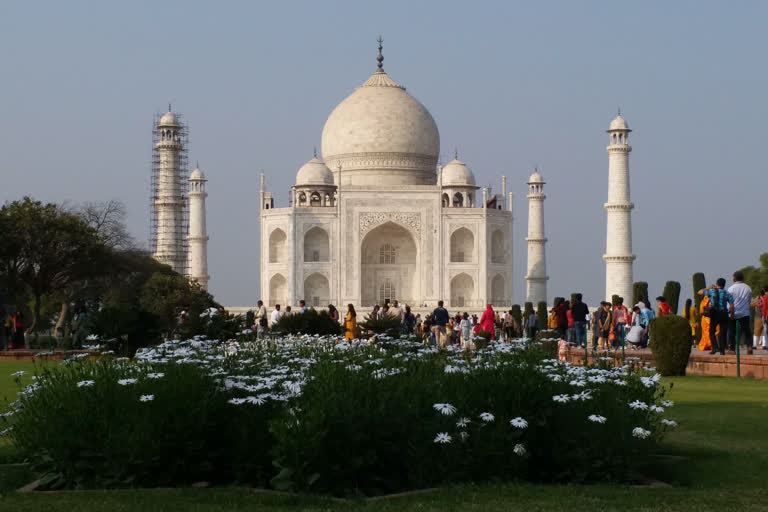Agra: After the Archaeological Survey of India (ASI) closed all monuments, including the Taj Mahal, for tourists till May 15, it has laid a detailed plan to undertake restoration and conservation activities at the UNESCO-designated World Heritage Site.
Replacing the corroded stone near the Royal Gate in the Taj Mahal complex, touch-up to the Taj's tower, mudpack treatment to brighten the main dome are among the plans listed by the ASI. Vice president of Agra Tourism Guild Rajeev Saxena said the initiative would give a ''Wah Taj!'' experience to visitors when the monuments will be reopened.
Closed till May 15
On April 15, the ASI closed monuments, including the Taj Mahal and the Agra Fort, till May 15 for the second time in 13 months in wake of the increasing number of COVID-19 cases. On March 17 last year, all the monuments in the country, including the Taj Mahal, were locked. Subsequently, they were opened for tourists on September 21.
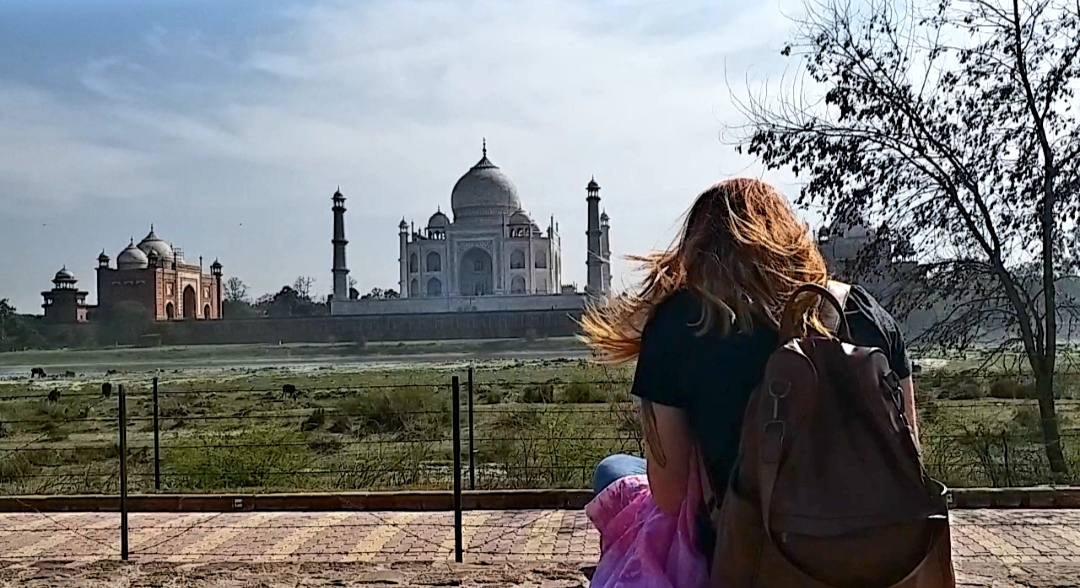
Corroded stones of the Royal gate will be replaced
ASI Superintending Archaeologist Vasant Kumar Swarnakar said that the maintenance would cost about Rs 19 lakh.
Royal Gate is bejewelled with precious stones
Precious stones and colours at the Royal Gate - the main gate of the Taj Mahal - that are worn out are being fixed. The history of this gate is as old as that of the Taj Mahal.
At the time of the construction of the Taj Mahal, four towers were built on its corners. The height of each tower is 42.95 metres or 140.91 feet from the ground to the urn. The same marble used in the Taj Mahal has also been used in these towers. Swarnakar informed that conservation work on the South-West Tower of the Taj Mahal was underway.
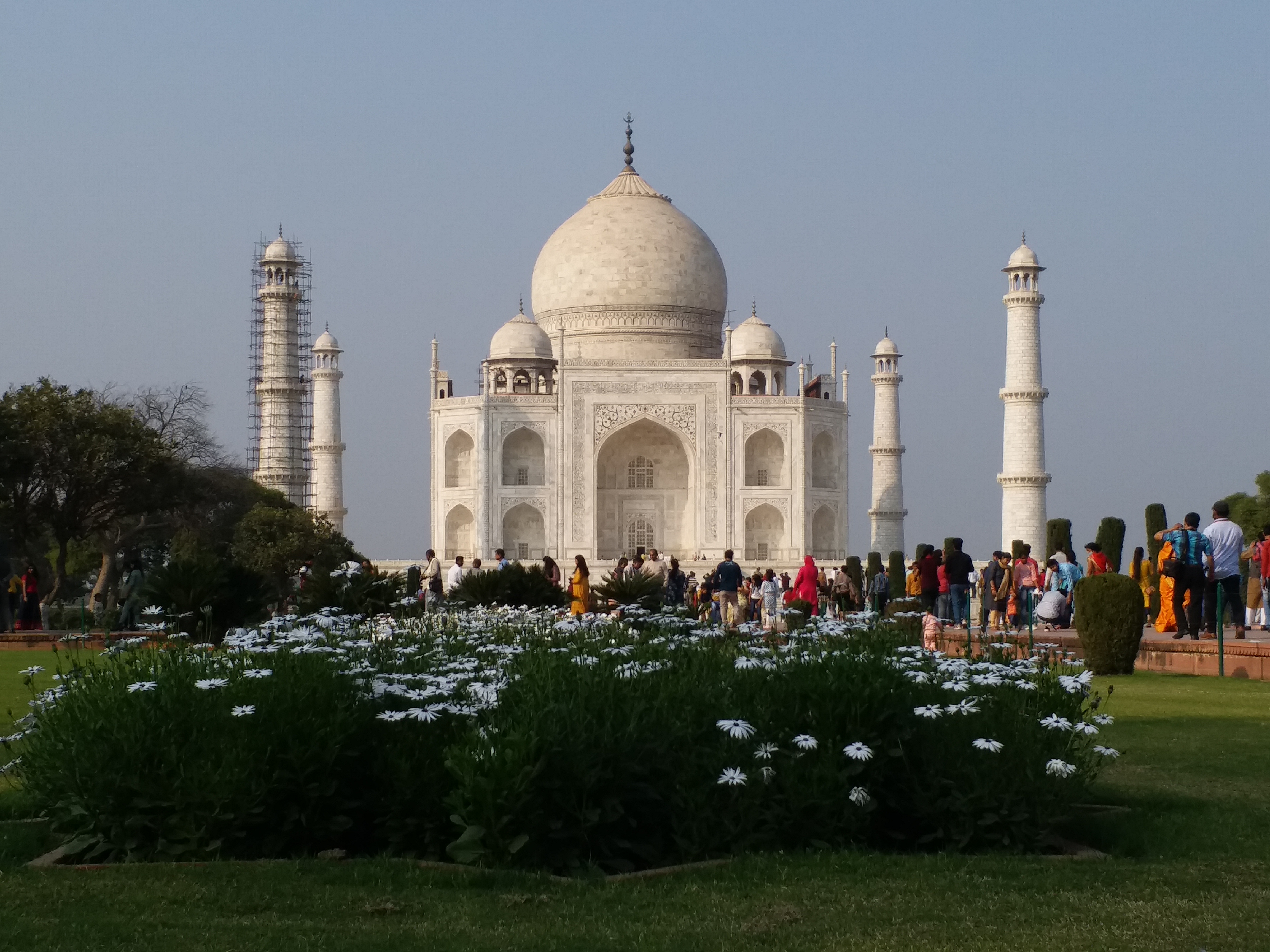
Repairing of towers will cost 23 lakhs
Conservation work on the towers is expected to cost Rs 23 lakh. The corroded stones of the tower will be replaced. When the tower was mud-packed, there were reports of mosaic and border stones corroding and falling out.
READ: Taj Mahal will soon be renamed as 'Ram Mahal': BJP MLA
Mudpack treatment of the main dome
The main dome of the Taj Mahal is in the double dome, which is bejewelled with precious stones from all over the world. The most crucial task is the mudpack treatment of the main dome of the iconic structure. An archaeologist said that if the mudpack treatment is completed on time, tourists will have the chance to see an even more beautiful Taj Mahal. The ASI is, however, worried about the shortage of trained labourers during the pandemic.
Commendable move by ASI
Agra Tourism Guild vice president Rajiv Saxena said the ASI’s decision to undertake the conservation work of its monuments is commendable. The way Railways had undertaken the repair work of their railway tracks during the lockdown last year was highly appreciated.
Protection of Todarmal Baradari
Mughal Emperor Akbar’s Finance Minister Raja Todarmal was one of the Navratnas. King Todarmal is believed to be born on January 1, 1500. He worked out the method of measuring land during Akbar’s reign. Todaramal’s Baradari is being preserved in Fatehpur Sikri. Baradari means covered with wall from all sides. Earlier, this Baradari was neglected. But during a recent excavation, a reservoir was found in Baradari, which is about 450 years old and its architecture is said to be enchanting.
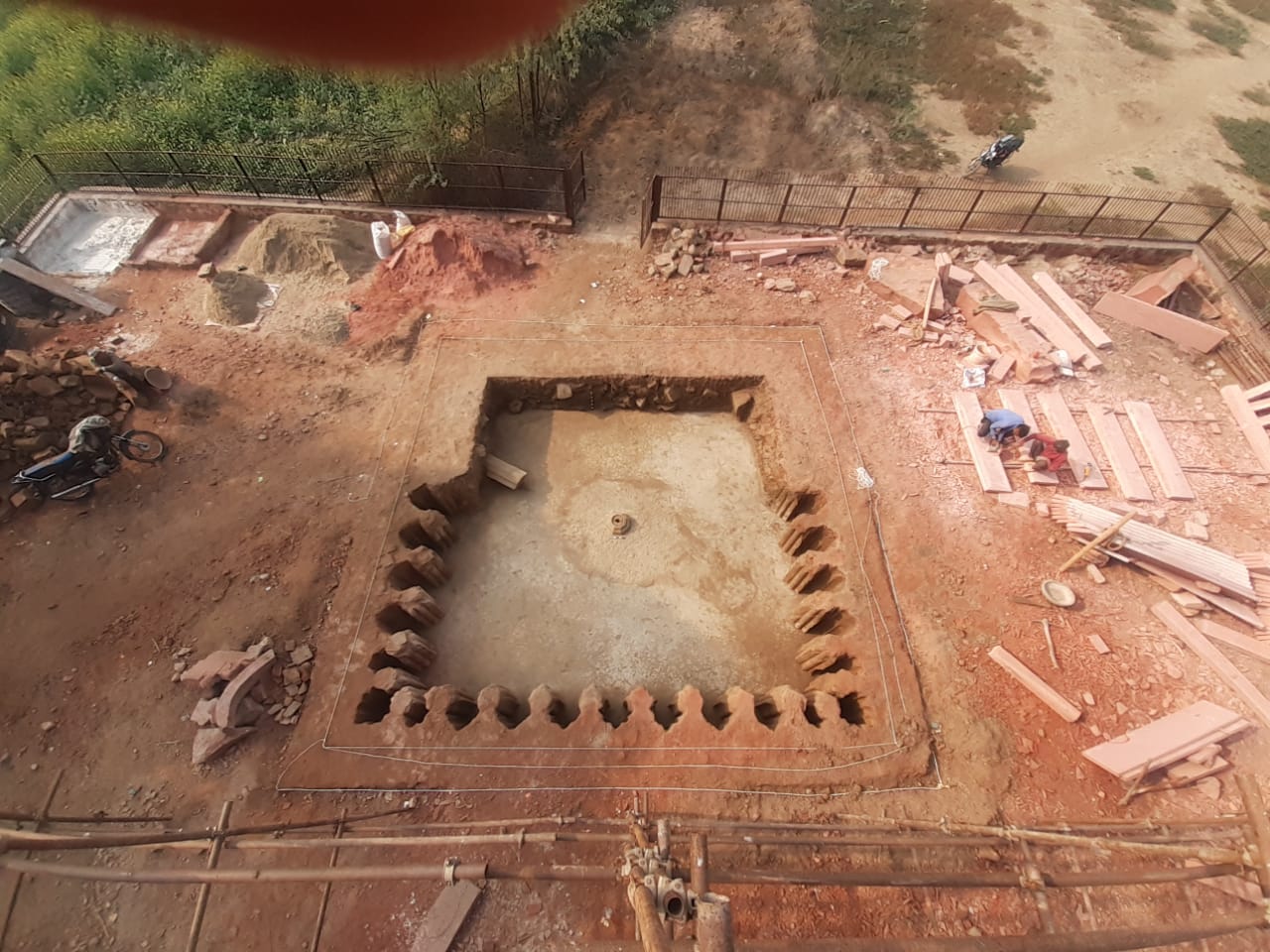
Todarmal translated the Bhagavata Purana
There are nine design patterns on each wall of the reservoir. The fountain of this reservoir is made of red sandstone. The metal used in the making of the fountain's pipe is yet to be discovered. The ASI has commenced work on preserving the Baradari. It is said that King Todarmal translated the Bhagavata Purana into Persian.
What is mudpack treatment?
Mud packs have been regularly used by the ASI to remove yellow stains that have appeared over the years on Taj Mahal’s white marble facade. The treatment is believed to help in restoring the natural shine and colour of the monument.
Mudpack treatment is, in fact, a coating of fuller’s earth. This paste is applied to the stone and then washed with water. No chemical is used in this type of cleaning and therefore, it does not cause any damage to the stone. By the way, applying fuller’s earth on the face makes it glow. Similarly, the Taj Mahal is expected to wear a glow post this treatment.
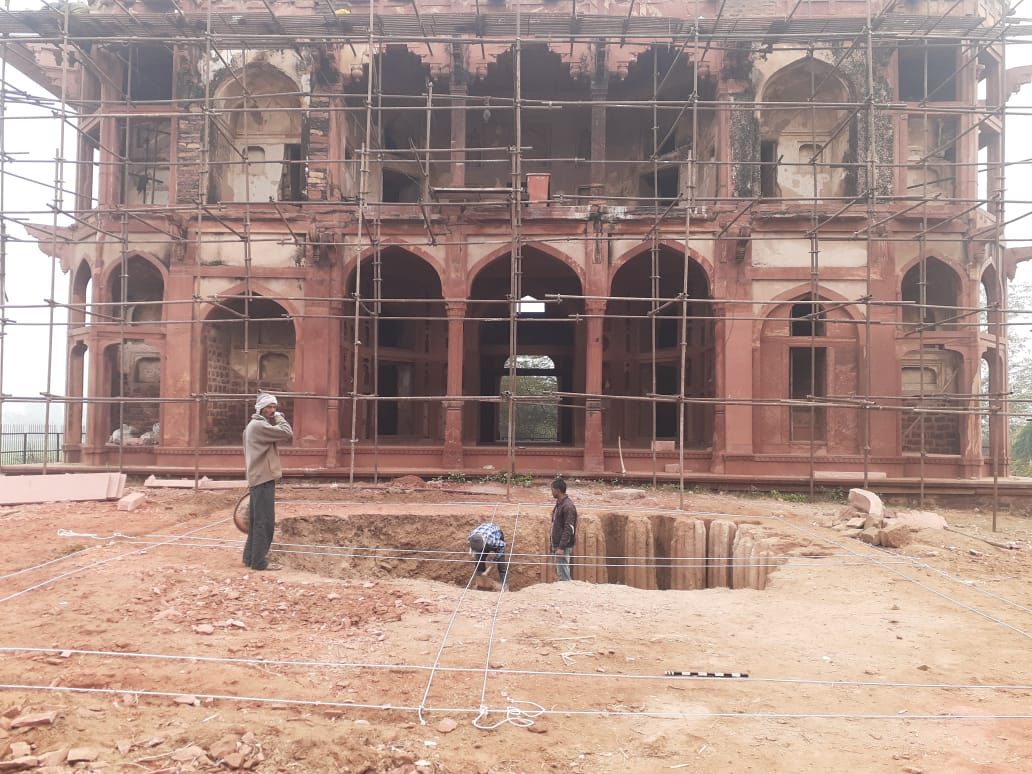
ALSO READ: Taj Mahal ticket prices likely to increase for tourists
